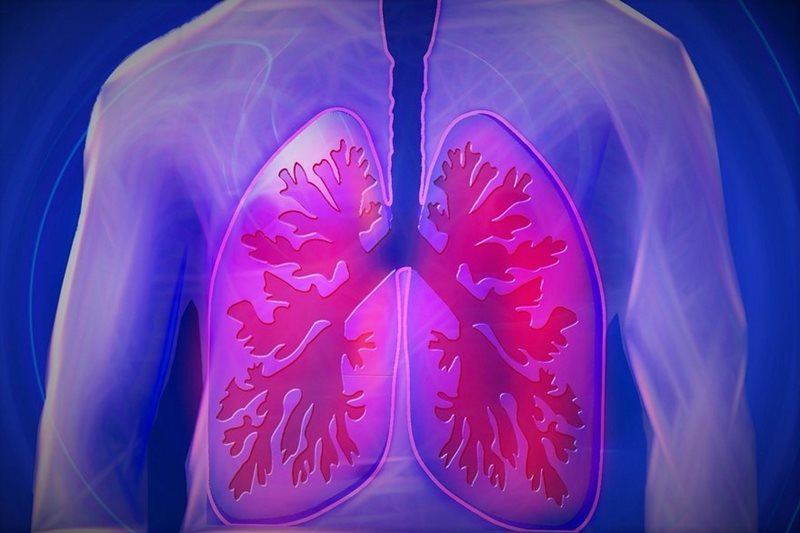Low-Dose CT Screening Identifies Early-Stage Brochiectasis
 Using data from low-dose CT (LDCT) screening studies, researchers were able to assess the frequency and severity of bronchiectasis in smokers and classify them in the Early Lung and Cardiac Action Program (ELCAP). The study, published in Radiology, was included 2,239 current and former smokers aged 40-90 who were enrolled in the Mount Sinai ELCAP.
Using data from low-dose CT (LDCT) screening studies, researchers were able to assess the frequency and severity of bronchiectasis in smokers and classify them in the Early Lung and Cardiac Action Program (ELCAP). The study, published in Radiology, was included 2,239 current and former smokers aged 40-90 who were enrolled in the Mount Sinai ELCAP.
Bronchiectasis is an irreversible dilatation of the pulmonary airways that can lead to chronic respiratory failure. The authors reported the prevalence of bronchiectasis in the Mount Sinai ELCAP participants was 23%, with it appearing most commonly in the lower lobes. Two years after the baseline LDCT, participants with higher chronic respiratory symptoms, acute respiratory events or hospitalization for acute respiratory events had higher severity baseline ELCAP bronchiectasis scores. Bronchiectasis was more frequent in participants who were older, former smokers, and had self-reported chronic obstructive pulmonary disease, an elevated hemidiaphragm or consolidation. It was less prevalent in overweight or obese participants.
The authors note that bronchiectasis assessment is important as it is associated with an increase in all-cause mortality and a threefold increase in respiratory and lung cancer-related deaths. They recommend reporting of bronchiectasis findings on LDCT screening, particularly to assess the benefit of early treatment.
Related Articles
Citation
Low-Dose CT Screening Identifies Early-Stage Brochiectasis. Appl Radiol.
April 25, 2022